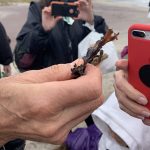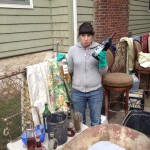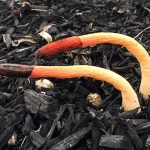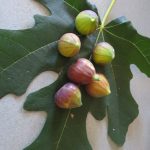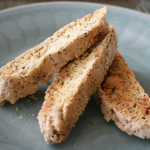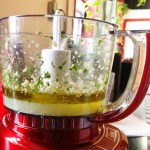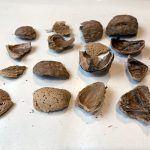Plan Your Garden With Purpose
The time is now. The ground is thawing and the first bulbs of spring are breaking through the surface soil. What do you want your garden to look like this year? What do you want it to yield? Think about edible landscaping, where food plants double as beautiful design features. Consider garden themes: like planting a tea garden, herb gardens, or a culture garden inspired by your heritage or in honor of someone else’s. Think outside the garden box. Make sketches of your veg layout and keep a garden journal to house what is working, what is not, critters, taste, time, rain. Sketch drawings as your garden blossoms. Consider pushing the boundaries of gardening as a personal expression to foster a deep connection with nature.
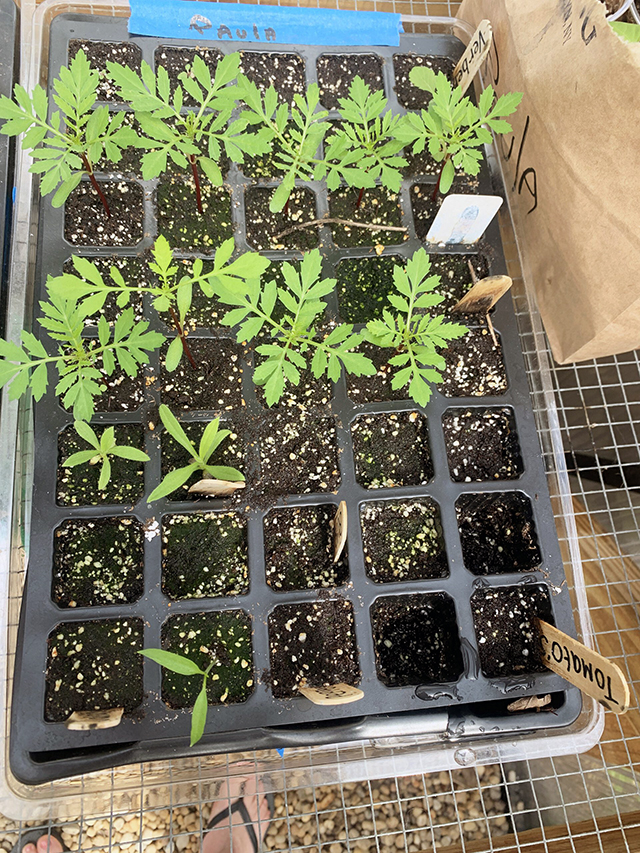
This is a classic case of overwatering—see the green algae. But it’s not a deal breaker. And remember, you learn by doing.
Seeds can be tricky and that’s where we are in the season, followed by tilling the soil when temperatures are consistently reaching 50 degrees. This ensures overwintering insects like bees, are ready to emerge.
Let’s discuss procedure for seeds:
Start With Quality Seeds: Check the expiration date on the packet! Often we overlook the simplest things.
Soil: Use a well-draining potting mix instead of garden soil for indoor or greenhouse seed-starting. This medium helps prevents waterlogging and reduces fungal disease risks. Use recycled containers.
Light: Veggie and herb seedlings need a lot of light—about 12-16 hours a day. A sunny window or a grow light is essential.
Temperature: Most seeds germinate best in warm, consistent temperatures – 65-75°F. They will not germinate if it is too cold or drafty.
Water: Keep the soil consistently moist—avoid letting it dry out, but steer clear of sogginess! Overwatering can drown the little ones before they sprout.
Thin Out: Once seedlings develop a couple of leaves, thin them out to avoid overcrowding. This means separating the baby plants into individual containers if needed, and discard weak sprouts or yellowed ones.
Harden Off: This is important and takes some dedication. Gradually introduce indoor-grown seedlings to outdoor conditions. Meaning, you need to move them outside in a sunny, protected area for a few hours during the day and take them back inside in the evening.
Label, Track, Plant: By Mid- May, it’s time to transfer the plants into the ground outside with compost. Keep a log of when and where you planted in your journal.
Starting your garden from seed is a wonderful way to learn more about gardening and spark curiosity in young minds, but we are busy humans! And it’s totally fine to buy starters too. I recommend visiting Lisena Garden Center (125 Crossbay Blvd, Broad Channel, NY), where Fernando and the team offer the organic essentials and Edgemere Farm – follow them on Instagram for their spring plant sale info. Both are excellent local resources for all your garden wants.
For more gardening tips, follow me on Instagram (@theglorifiedtomato) and at the @beach91streetcommunitygarden all season long!





